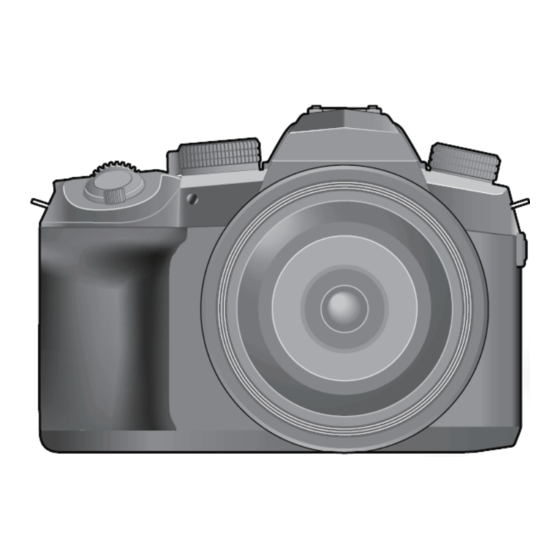
Table of Contents
Advertisement
Quick Links
DC-FZ1000M2P
Model No.
DC-FZ10002EB
DC-FZ10002EE
DC-FZ10002EF
DC-FZ10002EG
DC-FZ10002EP
DC-FZ10002GA
DC-FZ10002GH
DC-FZ10002GK
DC-FZ10002GN
DC-FZ10002GT
DC-FZ10002GW
Colour
Black Type
© Panasonic Corporation 2019 Unauthorized copy-
ing and distribution is a violation of law.
ORDER NO. DSC1903003CE
B26
Digital Camera
Advertisement
Table of Contents

















Need help?
Do you have a question about the DC-FZ1000M2P and is the answer not in the manual?
Questions and answers